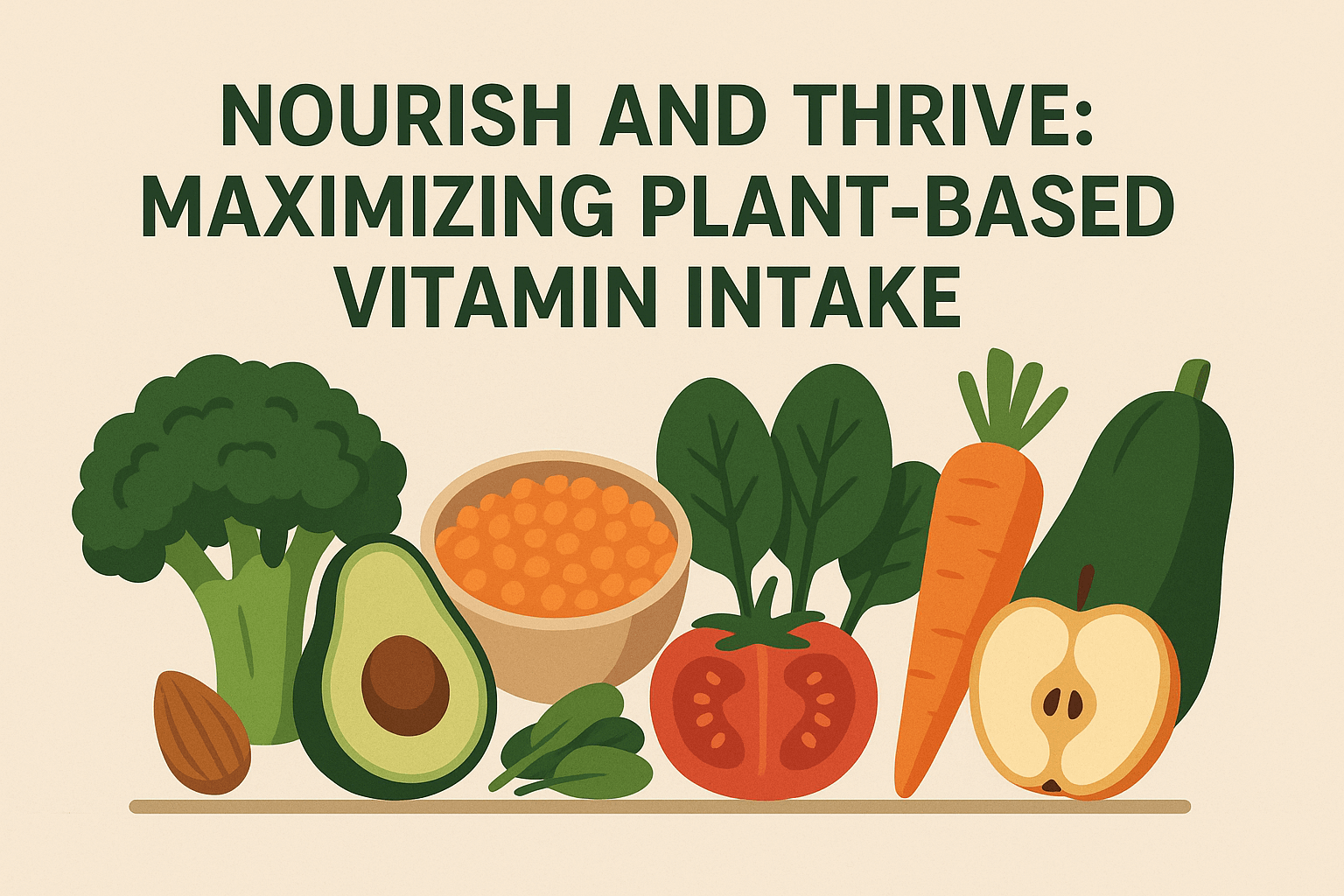Modern diets lean too heavily on boxes, bags, and foil wrappers. The convenience is seductive, but the nutritional depth is paper-thin. Plants, in their raw and vibrant forms, are not just fiber machines—they are precise biochemical toolkits loaded with vitamins critical to human function. A bell pepper isn’t simply colorful, it’s an immune fortress. Spinach brings structural integrity to bones. Carrots sharpen the literal and figurative gaze. This isn’t nostalgia for farmer’s markets. It’s an unapologetic reminder that your body’s best inputs come directly from the soil. Here’s the plan: dissect what produce really brings to the table, learn how to absorb it efficiently, build meals that respect micronutrient diversity, sidestep common pitfalls, and, when necessary, deploy the right kind of supplement without wasting money on inferior fillers.
Spotlight on Produce Vitamins and Minerals
Certain vitamins don’t just support functions—they dictate them. Ignore them and systems falter.
• Vitamin C → Immune defense → Red bell peppers, kiwi
• Vitamin K → Bone resilience → Kale, spinach
• Beta-carotene → Vision health → Carrots, sweet potatoes
• Folate → Cellular repair → Brussels sprouts, asparagus
• Potassium → Fluid balance and nerve signaling → Bananas, avocados
These are not abstract lab values but active agents transforming biochemical potential into tangible health. They work in concert, each fortifying a specific domain. Identify where your plate lacks depth, then fill it with plants that offer concentrated forms of these nutrients. It’s choice architecture at the molecular level.
Boosting Nutrient Absorption from Plants
Not all vitamins play by the same rules. Fat-soluble ones like A, D, E, and K need dietary fat to cross the intestinal threshold. Water-soluble ones like C and the B family can be taken in solo but vanish quickly if unused. Pairing matters. A handful of walnuts with roasted Brussels sprouts increases vitamin K uptake. Olive oil over fresh spinach turns a salad into a nutrient delivery system. Heat can help or harm. Light steaming can unlock beta-carotene in carrots, while over-boiling can drain vitamin C into the cooking water. Every bite is a chemical transaction. The smarter the pairing and preparation, the greater the nutritional return.
Building a Produce-Rich Meal Plan
Think in colors and textures, not calorie math. Breakfast: a smoothie of spinach, frozen mango, and chia seeds. Mid-morning snack: fresh strawberries with a few pistachios. Lunch: mixed greens with roasted beets, lentils, and a splash of lemon oil. Afternoon crunch: cucumber slices with hummus. Dinner: grilled zucchini, tomatoes, and black beans over quinoa. Portion variety maintains wider micronutrient coverage than obsessive tracking ever will. Rotate with the seasons and let farm-stand finds set your menu. Freshness is not just a marketing point—it’s a nutrient multiplier. The body notices.
Overcoming Common Produce Pitfalls
Spoilage, cost, taste fatigue—these kill momentum for even motivated eaters. The fix is blunt. Batch prep vegetables right after shopping so they’re grab-ready, not lurking in a crisper death zone. Frozen produce is a legitimate equal; the flash-freeze preserves nutrient integrity far better than limp, long-traveled “fresh” options. For picky palates, blend greens into pestos, fold roasted peppers into spreads, or puree carrots into soups until preference catches up to physiology. When obstacles appear, design around them with function, not guilt.
Filling Gaps When Diet Falls Short
Sometimes the calendar wins and produce diversity loses. That’s where strategic supplementation matters. For busy lifestyles or travel days, incorporating a high-quality supplement made from real fruits and veggies vitamins can bridge any nutritional gaps. Look for products built from whole-food concentrates, not synthetic isolates. The goal is to shadow the natural spectrum of phytonutrients found in fresh produce, not create a faux nutrient profile that exists only on a label.
Harvesting Wellness: Next Steps for Lifelong Vitality
The combination of deliberate whole-food intake and smart supplementation is straightforward, potent, and sustainable. Pick one new action this week: add a purple vegetable to your rotation, experiment with a fat-and-green pairing, or try the supplement. Nutrient sufficiency is not won in a single grocery trip—it’s built meal after meal, choice after choice. Plant-based nutrition has no plateau. Push for sharper energy today, and the payoff will echo in decades yet to come.

Benjamin, a content writer at Paige Simple, brings a practical and motivating touch to everything he writes. With a background in psychology and a love for personal growth, Benjamin enjoys helping readers find joy in everyday moments. When he’s not writing, you’ll find him hiking, practicing yoga, or experimenting in the kitchen. Stay tuned for Benjamin’s tips on living a more inspired and joyful life.

